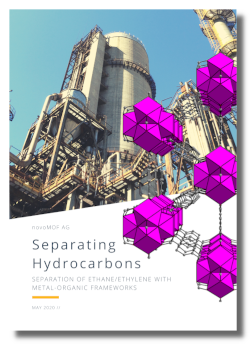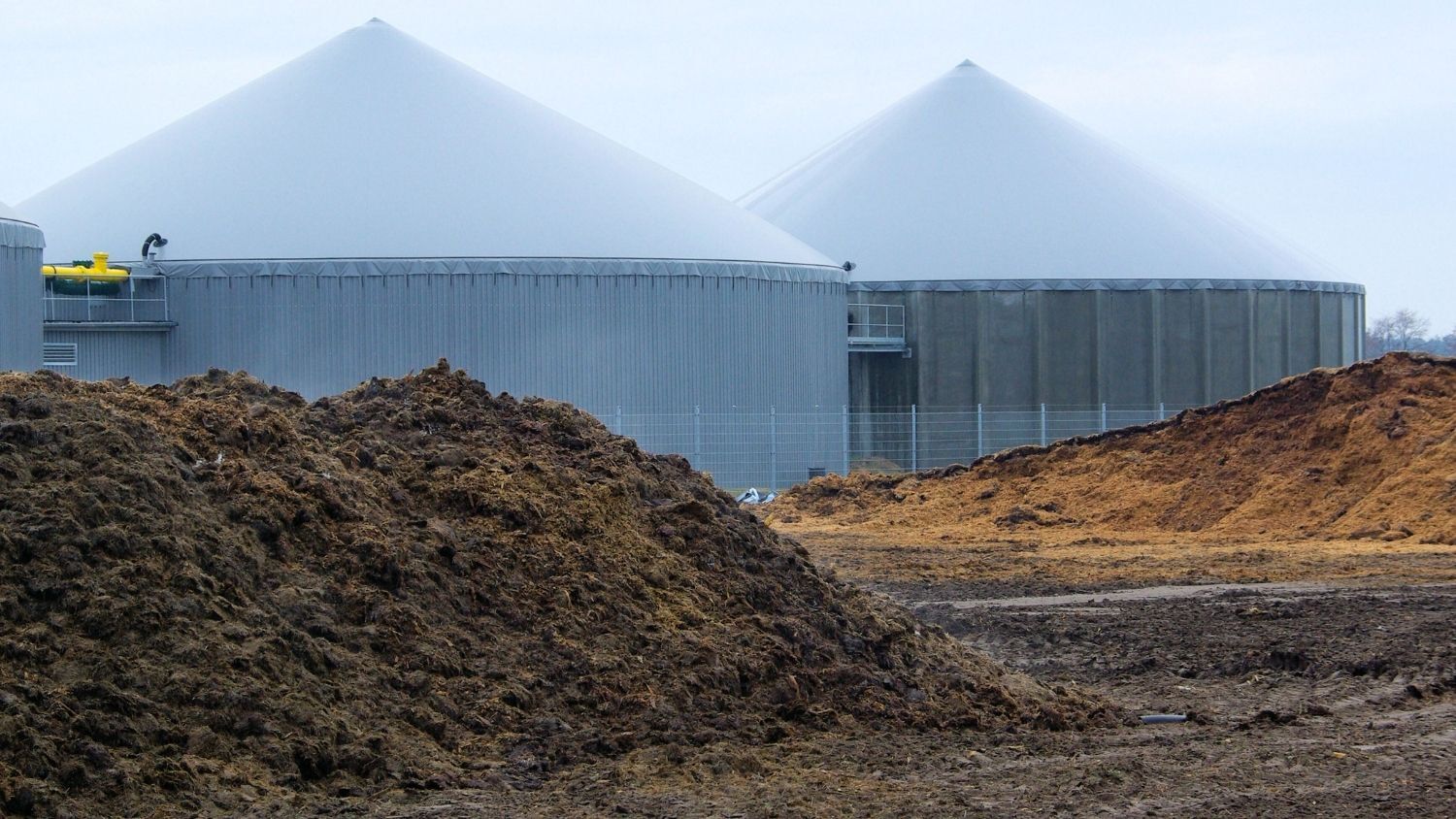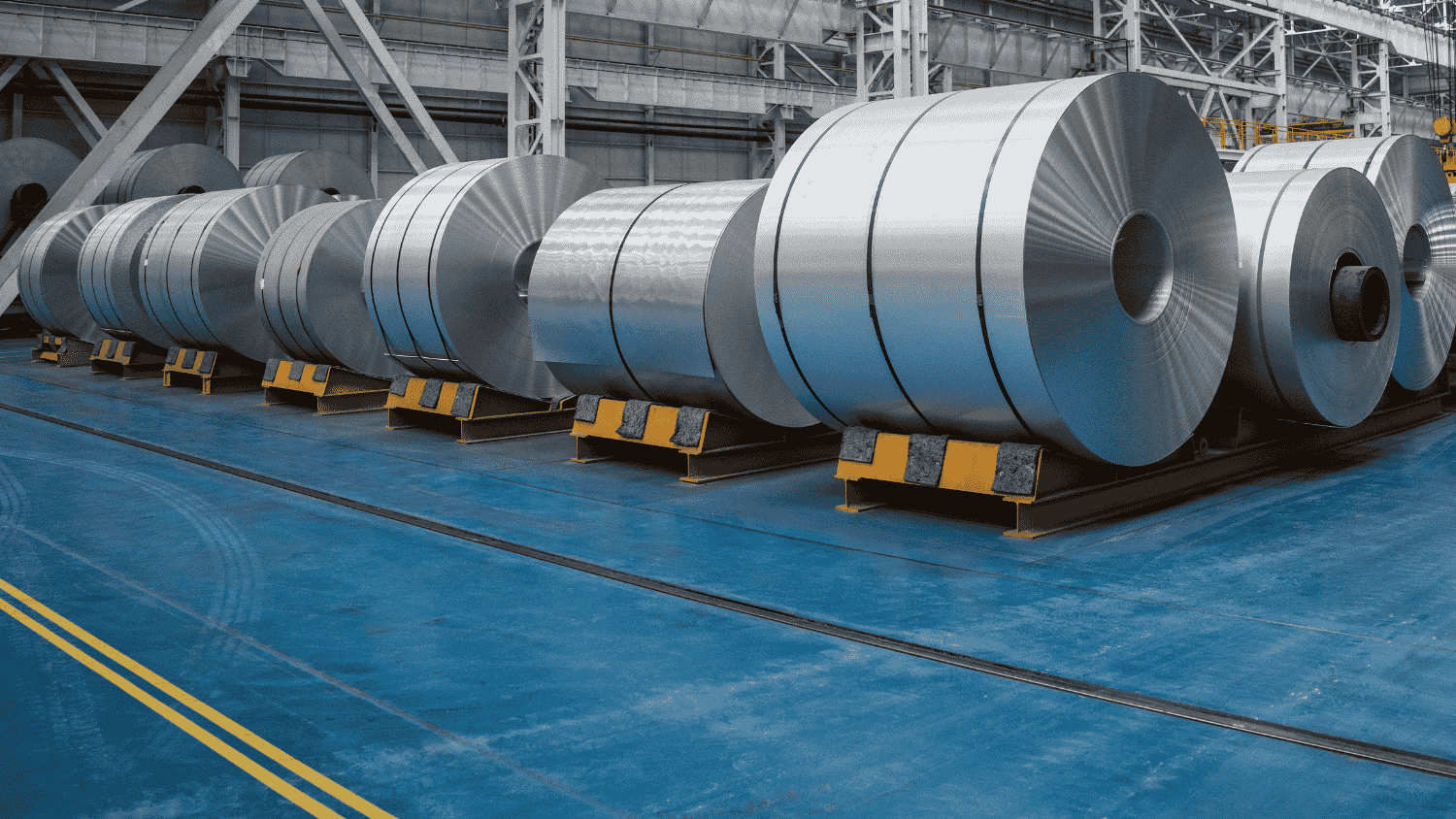In the chemical industry crude oil plays a central role as a chemical feed stock for the production of different bulk and fine chemicals. To do so, the crude oil is fractioned into different substance classes, which are then further processed into the desired products. Some of the cost drivers in petrochemical-based products are price of raw materials, access to these resources, complexity of the extraction and convertion technology involved, as well as location of the raw materials and logistics. Given the increasing prices for crude oil, the use of low-cost, gaseous, short-chained hydrocarbons are of increased economic interest. Therefore, the uses of these materials as building blocks in the manufacturing of more complex and value-added products plays a crucial role in the petrochemical industry.
“C1, C2 and C3 derived hydrocarbon chains have been receiving enormous interest for production of petrochemical products due to high cost of crude oil”
The isolation and purification of the short-chain hydrocarbon building blocks still is challenging. For size separation techniques, membrane-based systems are widely used as they offer a viable integration with conventional separation techniques like distillation. At the same time, they also provide added benefits such as low carbon footprint, less energy intensive operation and absence of moving parts or solvents. Conventionally used polymeric membranes in petrochemical industries act like a sieve separating molecules based on their size and properties. Separating gases or liquids based on the size of the molecules (molecular sieving) has the tangible benefit of energy efficiency. As the sieve size is adjustable (pore size in molecular terms), the sieves are produced to fit specific separation processes. Therefore, the polymeric membranes are widely regarded for their economical and efficient features. However, limitations do exist with these systems:
- Separation of e.g. olefins requires highly precise and tuneable pores, consequently leading to increased production cost of these membranes
- Molecules of similar size and physical & chemical properties are challenging to separate ( e.g. olefins and their aliphatic counterpart)
- Separation using membranes requires high pressure and can cause plasticization of membranes
Metal-organic frameworks – or MOFs in short – have begun to find their way into petrochemical applications as they feature a melange of desirable properties to address the challenges in separation process due to the following properties:
- Highly selective adsorption of molecules
- Flexible chemical & physical properties to ensure energy efficient separation
- Exceptionally high surface area for improved solid-gas interaction
 Separation of ethylene from ethane
Separation of ethylene from ethane
Ethylene, as starting material, is effectively used in clothes, cleaning products, plastics etc. It plays an important role in our everyday life and thus holds high commercial value. In 2016 alone, over 170 million tons of ethylene was produced to meet the world demands. Usually, ethylene is produced by steam reformation or thermal decomposition of ethane. However, ethane ends up as one of the byproducts and often reduces ethylene purity. As it is essential to produce high purity ethylene as a starting product for a variety of products, the ethane is typically removed using energy-intensive, cryogenic high-pressure distillation.
“One kilogram of MOF material produced 14 litres of polymer grade ethylene gas”
Gas separation through pressure swing adsorption (PSA) which uses gas adsorbing materials is making its way into the industry as it can potentially replace the conventional cryogenic based separation technology. This is where MOFs come into the picture; it has been demonstrated that the Cobalt based MOF can separate ethylene/ethane mixtures. While the MOF is based on rather inexpensive and benign materials, it has an exceptional performance. One kilogram of MOF material has produced 14 litres of polymer grade ethylene gas in an experiment. The Co-MOF has showed continued robustness even in the presence of other by products such as acetylene and water vapour which are usually present in the outlet streams. One of the key reasons attributing to enhanced selectivity is the optimal pore dimensions that induce great interaction between the MOF and ethylene. The MOF can also be easily regenerated using vacuum at moderate temperature. Therefore, product separation using MOF approach is efficient and sustainable.
 Our constant competitor zeolites – even though they do have good adsorption properties – are not able to separate these gases.
Our constant competitor zeolites – even though they do have good adsorption properties – are not able to separate these gases.
Separating methane from other lighter hydrocarbons (C2/C3)
The other challenge which the petrochemical industry faces is the separation of lighter hydrocarbons such as methane (CH4) from C2/C3 compounds. To utilise methane gas efficiently it is important to isolate it from other gaseous mixtures which results from cracking heavy oil. While the lead(Pb)-based MOF (FJI-H22) has a rather small surface area (BET surface area of 483 m2/g), it has proven to selectively adsorb C2/C3 hydrocarbons over methane at room temperature and pressure.
The adsorbed gases can later be desorbed from the MOF and used for other applications by pressure swing process. Overall, this drastically reduces the cost of separation and the energy required for the same.
By the way, MOF-upgraded gas bottles store 3x as much methane as regular ones. Other gases are possible too.
Add-on benefits of using MOFs in petrochemical industry to battle the environmental hazard
Sulfur dioxide gas, which is produced by the petrochemical industries, is detrimental to human health, toxic for aquatic life and responsible for acid rain. In addition, it is a commercial risk for the chemical industry as it causes irreversible deactivation of the catalyst. Therefore, companies try to scrub the SO2 from the flue gas stream (waste gas stream which is a source of SO2)before releasing them into the air. Especially for low concentrations of SO2, this is very challenging. The MOF ELM-12 shows highly selective adsorption of SO2 over other gases in practical flue gas compositions. Main reason for the high selectivity is due to the presence of special polar functional groups in the MOF.
Furthermore, metal-organic frameworks can be used to capture CO2 from the atmosphere and regenerate it. Recycling carbon dioxide offers another take on the increased demand for petrochemical products and work towards a greener future.
Wrap-up
The petrochemical industry is facing on-going efficiency challenges, which have led to an increased interest in gaseous, short-chained hydrocarbons. While these are available at low-cost, they need to be purified for further commercial application. Metal-organic frameworks have shown great potential over commonly used membranes in selectively separating ethane from ethylene or methane from other hydrocarbons. Furthermore, certain MOFs can capture SO2 from flue gas streams, making production safer for the environment and preventing commercial loss due to irreversible damages.
While MOFs are still at the early stages of commercialisation, they could greatly increase the efficiency of petrochemical plants, recycle atmospheric CO2 to value-added products and save the environment from toxic gases. The only question is which of the big oil companies is taking the lead.




